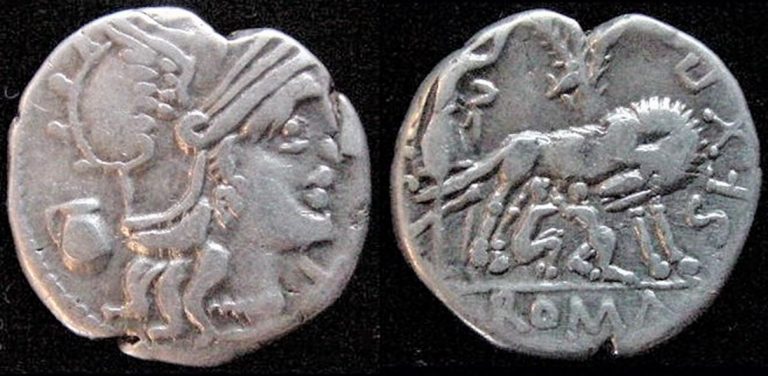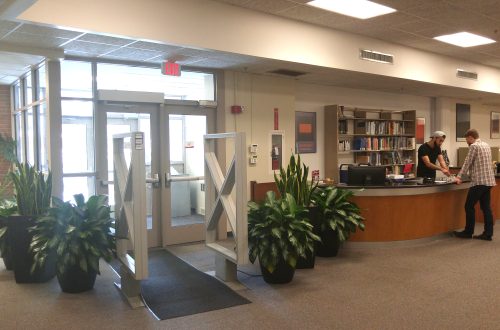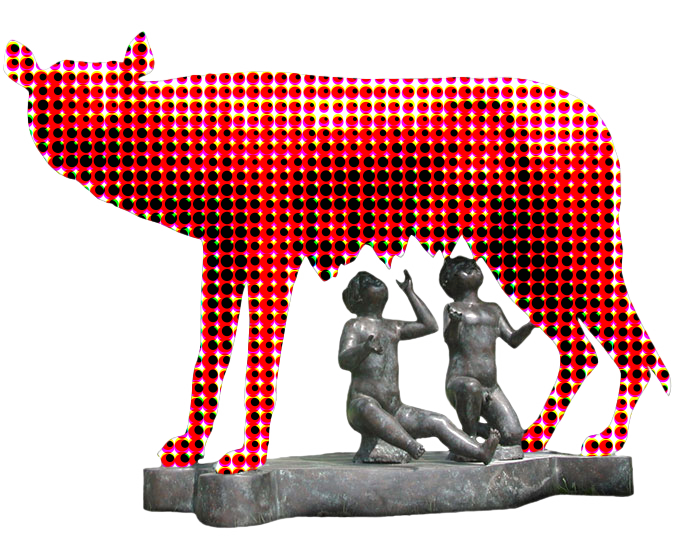
Returning the She-Wolf (Lupa) to Cincinnati
Edited from LiBlog posts by Rebecka Lindau, head of the John Miller Burnam Classics Library
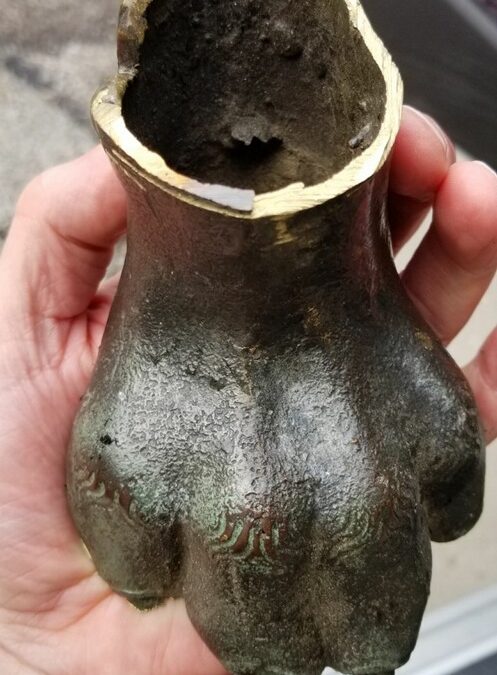
In response to the theft in June 2022 of the She-Wolf (Lupa) statue from her perch in Cincinnati’s Eden Park, the Cincinnati chapter of the Order Sons and Daughters of Italy in America raised funds for its replacement and return. A workshop connected to the University of Florence, Italy, created a replica and shipped it to the United States where it arrived in Cincinnati on Friday, August 25, 2023. The statue will be officially returned to Eden Park at a dedication ceremony on Friday, Nov. 3, 2023, at 10:00 am.
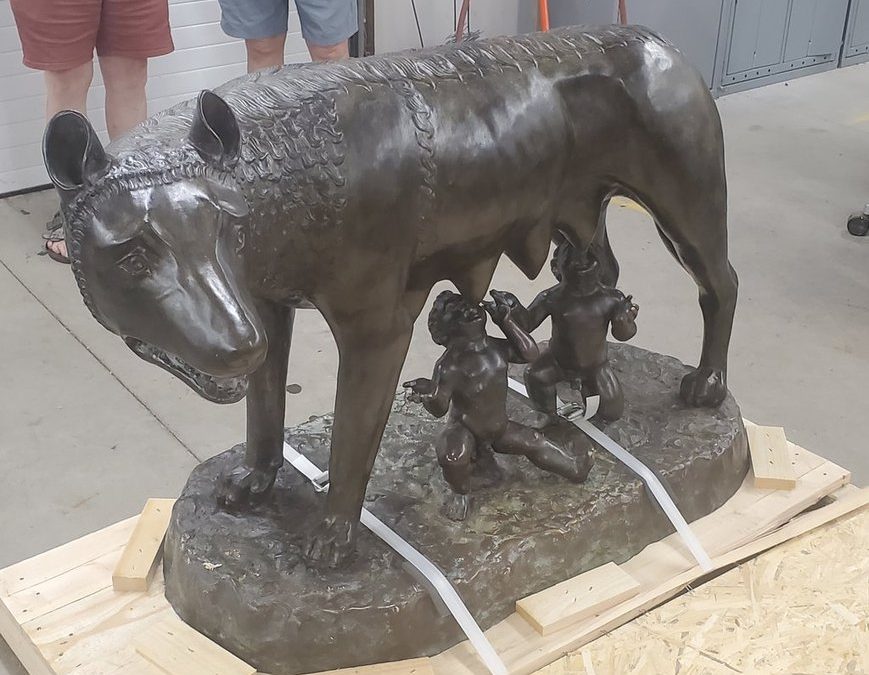
The She-Wolf statue was originally gifted to the city of Cincinnati in 1931 (dedicated in 1932) by the City of Rome, Italy, under the fascist leader Benito Mussolini. He donated wolf statues to other towns in the U.S. with some connection to Rome, however faint, such as a town in Georgia by the name of Rome. The Cincinnati connection was the name of the city and the Roman military leader Lucius Quinctius Cincinnatus. The statue was modeled after the so-called Capitoline Wolf, thus named as the original is housed in the Capitoline Museums in Rome, Italy. The date of the original statue is uncertain. Some scholars claim it to be Etruscan from the 5th-4th centuries BCE; others that it is early medieval from the 10th-11th centuries. Other dates have also been suggested. What seems clear is that the nursing twins are additions from the Renaissance (probably late 15th c.).
The statue depicts the story of the twins, Romulus and Remus, who according to folklore, were left on the flooded banks of the Tiber River by their cruel uncle who had taken the throne from their grandfather. They were saved from starvation when a mother wolf heard their cries and supplied them with milk. A shepherd and his wife later found the boys and raised them. Eventually, the twins learned their true identity, forced their uncle from the throne and reinstated their grandfather. Romulus and Remus then built a new capital city, Rome, in the valley where they were found.
In connection with the dedication ceremony on Friday, Nov. 3, a book exhibition devoted to the She-Wolf and Romulus and Remus will be on display in the Reading Room of the John Miller Burnam Classics Library. The exhibit will feature ancient texts describing the story of the Wolf’s role in the Founding of ancient Rome, along with a video and photographs of the making of the new Lupa, and original Roman coins, such as a silver denarius dating from the Roman Republic; other coins from the time of emperors Antoninus Pius and Constantine, representing the wolf nursing the twins. The relief of the Lupa and twins on the parapet of the façade of the Blegen Library building, housing the Classics Library, can be viewed at any time.
The exhibition will be open to all to view in the John Miller Burnam Classics Library located at 417 Blegen Library. More information about the Lupa statue, its history and return to Cincinnati, can be read on LiBlog.
